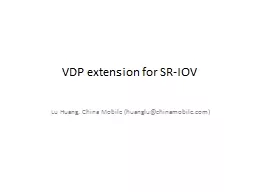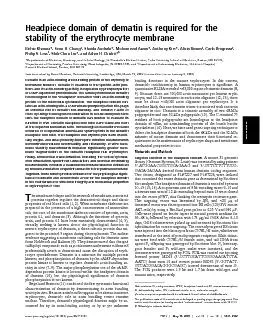PPT-VDP extension for SR-IOV
Author : marina-yarberry | Published Date : 2019-06-24
Lu Huang China Mobile huangluchinamobilecom SRIOV Scenario in telecom cloud Network In telecom cloud NFV is used to replace traditional core network such as EPC
Presentation Embed Code
Download Presentation
Download Presentation The PPT/PDF document "VDP extension for SR-IOV" is the property of its rightful owner. Permission is granted to download and print the materials on this website for personal, non-commercial use only, and to display it on your personal computer provided you do not modify the materials and that you retain all copyright notices contained in the materials. By downloading content from our website, you accept the terms of this agreement.
VDP extension for SR-IOV: Transcript
Download Rules Of Document
"VDP extension for SR-IOV"The content belongs to its owner. You may download and print it for personal use, without modification, and keep all copyright notices. By downloading, you agree to these terms.
Related Documents














